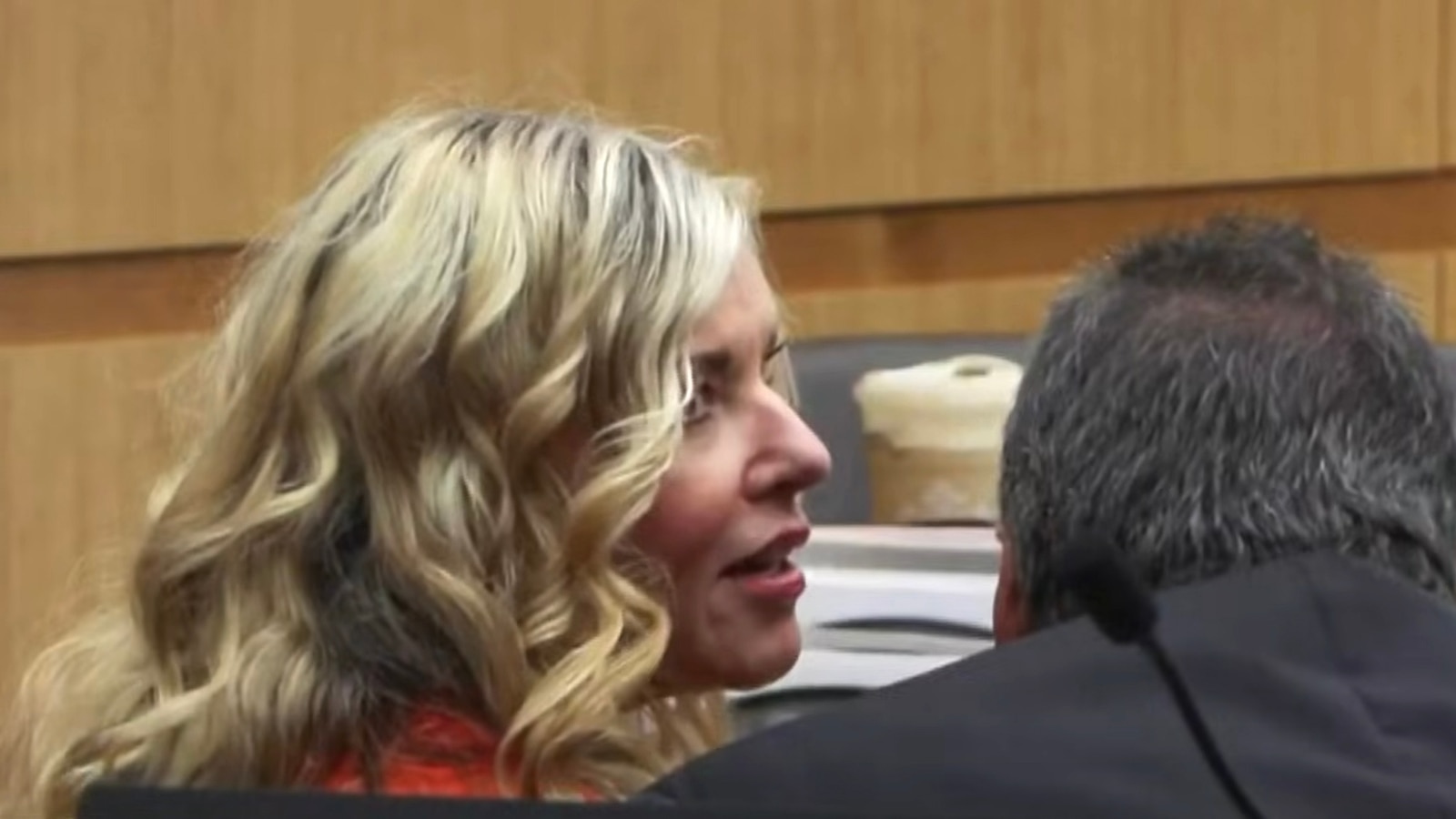What Happened
Protests under the banner “No Kings: Nationwide Day of Defiance” are set to take place across the United States, including a significant event in Los Angeles, California. These protests are organized in response to perceived authoritarianism and corruption within the Trump administration, coinciding with President Trump’s planned military parade in Washington, D.C. The protests aim to mobilize citizens against what organizers describe as the increasing authoritarian excesses of the current administration.
In Los Angeles, demonstrators have been actively protesting against Immigration and Customs Enforcement (ICE) raids, which have heightened tensions in the community. The protests are part of a broader movement that seeks to challenge the administration’s policies and actions, particularly those affecting immigrant communities. Organizers, including the progressive group Indivisible, are emphasizing non-violent principles and community solidarity as they prepare for the protests.
Key Details
- Event Timing: The “No Kings” protests are scheduled for June 15, 2025, coinciding with President Trump’s military parade, which is set to commemorate the Army’s 250th anniversary and also falls on his birthday.
- Locations: Protests are planned in multiple cities, including Los Angeles and St. Paul, Minnesota, where local leaders and activists are expected to participate.
- Organizers: The protests are organized by various groups, including Indivisible, Women’s March Minnesota, and the Minnesota AFL-CIO. Leah Greenberg, co-founder of Indivisible, has been vocal about the need for organized resistance against authoritarianism.
- Government Response: In response to the protests, President Trump has indicated a willingness to deploy military forces, stating that any protests would be met with “very big force.” This has raised concerns among organizers about the potential for violence during the demonstrations.
Multiple Perspectives
Supporters of the “No Kings” protests argue that these demonstrations are essential for expressing dissent against an administration they view as increasingly authoritarian. Leah Greenberg emphasizes the importance of community and non-violence, stating that the protests aim to create a sense of solidarity among participants. They believe that collective action can lead to meaningful change and push back against policies that they perceive as harmful.
Conversely, critics of the protests may argue that such demonstrations could exacerbate tensions and lead to confrontations with law enforcement. Some may view the protests as politically motivated actions that could disrupt public order, especially given the potential for a heavy police presence in response to the planned protests.
Context & Background
The “No Kings” protests are rooted in a broader context of political activism that has intensified during the Trump administration. The rise of grassroots movements, such as Indivisible, has been a response to what many activists see as a threat to democratic norms and values. The protests are also a reaction to specific policies, such as immigration enforcement actions that have affected communities across the country.
Historically, protests have played a significant role in American political life, serving as a tool for citizens to express their grievances and push for change. The current protests reflect a continuation of this tradition, aiming to mobilize public sentiment against perceived injustices.
What We Don’t Know Yet
As the protests are still forthcoming, several uncertainties remain. The exact number of participants and the overall impact of the protests on public opinion and policy are yet to be determined. Additionally, it is unclear how law enforcement will respond to the protests, especially given the heightened rhetoric from the Trump administration regarding the potential for military involvement.
Furthermore, the long-term effects of these protests on the political landscape, including voter mobilization and community engagement, are still unknown. Observers will be watching closely to see how these events unfold and what implications they may have for future political activism in the United States.


